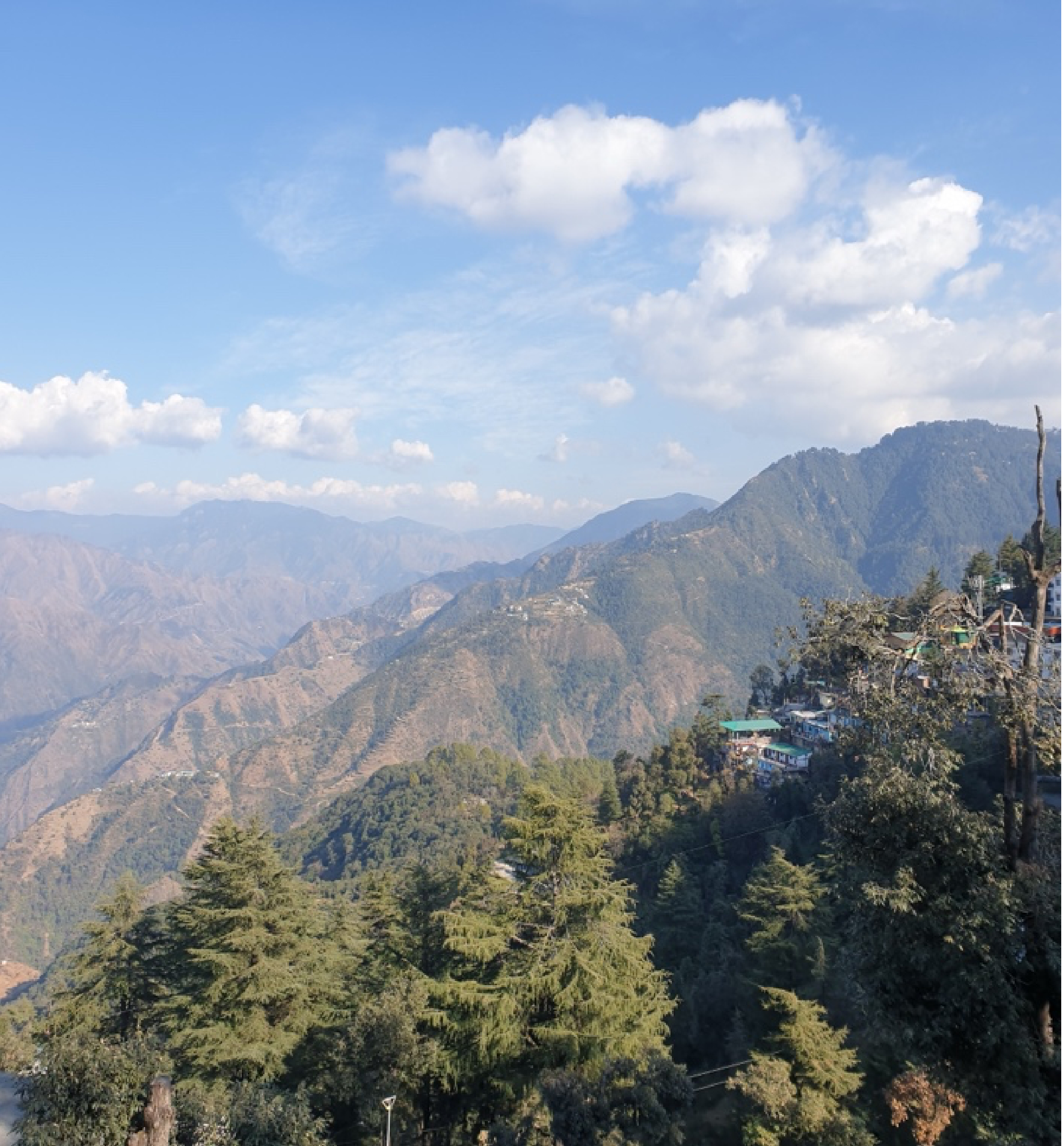17
June marked the third anniversary of the Uttarakhand floods that killed more
than 5000 people and left the infrastructure of the state in shambles. The
intensity of the floods was such that the state government has not been able to
arrive at a number of ‘official’ deaths in the disaster,
with many families of the deceased yet to receive a death certificate.
In the
aftermath of the disaster, a report by the National Institute of Disaster Management (NIDM) has
indicated that unregulated construction of dams in the Alaknanda and Mandakini
basins, along with adverse weather conditions, could have led to the flooding. Human intervention is increasingly seen to be
the cause of disasters in the Uttarakahand, with recent reports that the fire
in April 2016 leading to a large-scale destruction of trees and forest cover
could have been man made.
Despite
the widespread destruction of infrastructure and huge toll of the floods in the
state, there are signs of recovery: people are making their way back to the
pilgrimage site of Kedarnath, and the ‘Valley of flowers’, a popular tourist
destination, opened to the public for the first time in 3 years. There are untold
stories of the strength and resilience of survivors in the face of calamity, everyday
individuals building their lives from scratch, after they saw it washed away
three years ago.
Pragya
has been working to rehabilitate the livelihoods of the people in the areas
that are worst affected by the floods, by providing the people with alternate
sources of income, in a state whose economy is geared toward revenue from
tourism. We are also piloting a grassroots, citizen - led early warning system to
be implemented in the districts of the Uttarakhand in the coming year. 3 years
on, we remember all the people who lost their lives in this tragedy, and the
lessons remain clear: concerted conservation efforts and minimizing human
intervention in the environment are a necessity if we are to avoid tragedy on
such a scale in the near future.




No comments:
Post a Comment